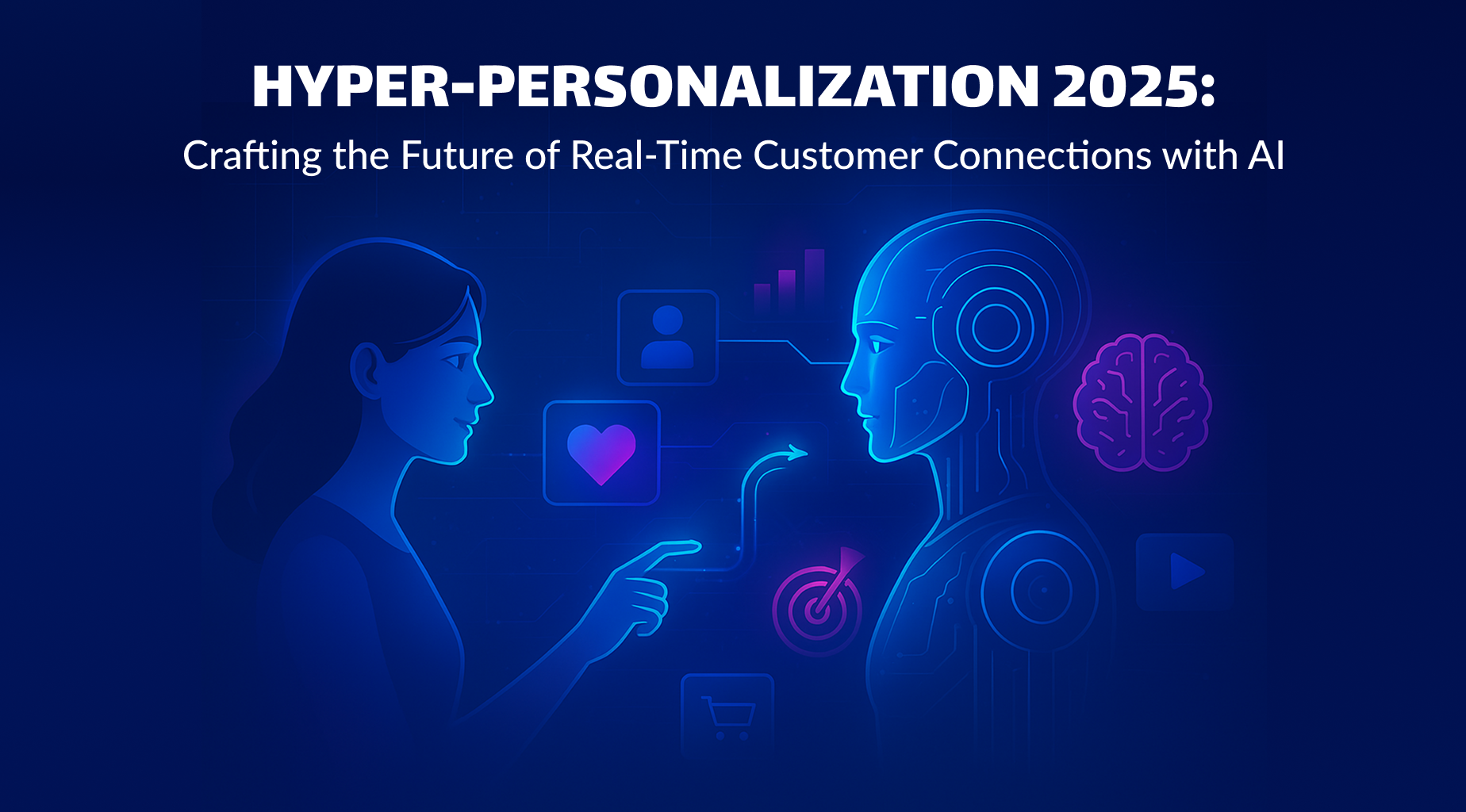Crafting Exceptional UIs: Speed, Intuition, and Data in Modern Web Applications
In the competitive landscape of B2B SaaS, particularly for AI-powered marketing and CRO tools, the user interface (UI) is more than just a visual layer—it's the direct conduit between your powerful backend and the user's ability to extract value. A highly usable, fast, and intuitive UI isn't merely a nice-to-have; it's a critical differentiator that drives adoption, satisfaction, and ultimately, client success. For data-heavy applications, where insights are paramount, the UI must be an effortless extension of the user's thought process, not a barrier.
This article explores key principles and leverages a modern frontend stack—Nuxt.js (Client-Side Rendering), Tailwind CSS, TanStack Query, Pinia, TypeScript, and ECharts—to build UIs that excel in performance, usability, and data presentation.
The Pillars of a Superior UI
1. Usability: Intuitive Design and Effortless User Flows
A usable UI feels natural. Users should be able to achieve their goals efficiently, without confusion or excessive cognitive load. For a CRO tool, this means easily navigating dashboards, understanding metrics, and configuring experiments.
- Clear Information Hierarchy: Present the most important data prominently. Use visual cues (size, color, position) to guide the user's eye.
- Consistent Design Language: Maintain uniformity in components, interactions, and terminology. Tailwind CSS, with its utility-first approach, is excellent for enforcing this consistency across a large application.
- Feedback and Guidance: Inform users about the system's status (e.g., loading, success, error). Tooltips, inline validation, and clear error messages enhance the user experience.
- Accessibility: Ensure your UI is usable by everyone, including those with disabilities. Semantic HTML, proper ARIA attributes, and keyboard navigation are crucial.
2. Speed: Performance Beyond First Load
In data-heavy applications, "fast" extends beyond initial page load. It encompasses rapid data retrieval, smooth interactions, and quick UI updates. Users expect real-time insights and immediate responses.
- Efficient Data Management: This is where TanStack Query shines. It handles data fetching, caching, synchronization, and invalidation, ensuring that data is always fresh and available with minimal effort. Background refetching keeps dashboards up-to-date without explicit user action.
- Optimized Rendering: Client-Side Rendering (CSR) with Nuxt.js is ideal for highly dynamic, user-specific dashboards. It allows for complex, interactive UIs that pull and display data after the initial page load, providing a rich, app-like experience.
- Minimalist Styling: Tailwind CSS generates only the CSS you use, leading to smaller bundle sizes and faster load times. Its utility classes encourage efficient styling without custom CSS bloat.
3. Intuition: Making Complex Data Comprehensible
An intuitive UI transforms complex data into actionable insights. This is particularly vital for an AI/CRO tool where clients need to quickly grasp performance and identify opportunities.
- Effective Data Visualization: ECharts is a powerful library for creating interactive and customizable charts. It allows you to present complex data patterns, trends, and comparisons in an easily digestible visual format, turning raw numbers into meaningful stories.
- Progressive Disclosure: Don't overwhelm users with too much information at once. Provide high-level summaries and allow users to drill down into details as needed.
- Predictive Interactions: Anticipate user needs. For example, if a user frequently checks a specific report, make it easily accessible.
Leveraging Your Frontend Stack for Excellence
Nuxt.js (Client-Side Rendering)
For a highly interactive, data-driven dashboard, CSR with Nuxt.js provides the flexibility to build a rich single-page application (SPA) experience. It allows for dynamic content updates without full page reloads, crucial for a fluid user experience in a data-heavy environment.
Tailwind CSS
Tailwind's utility-first approach accelerates development and ensures design consistency. Its responsive utilities make it straightforward to build UIs that adapt effortlessly across various screen sizes, from mobile devices to large desktop monitors. This is essential for B2B users who might access dashboards from different environments.
TanStack Query
This library is a game-changer for data management. It abstracts away the complexities of data fetching, caching, and synchronization. For a data-heavy app requiring frequent refreshes, TanStack Query automatically keeps your UI in sync with your backend, handles loading states, error handling, and even optimistic updates, significantly improving perceived performance and developer experience.
Pinia
As a lightweight and intuitive state management library for Vue.js, Pinia is perfect for managing global application state, such as user preferences, authentication status, and shared UI states. It integrates effortlessly with Nuxt.js and provides a centralized, reactive store for data that isn't managed by TanStack Query's server-state paradigm.
TypeScript
The static typing provided by TypeScript is invaluable in complex, data-heavy applications. It catches errors early in development, improves code readability, and facilitates collaboration among a team of developers. Defining clear interfaces for your data structures ensures consistency and reduces runtime bugs, especially when dealing with varied data from an AI/CRO backend.
ECharts
For visualizing conversion rates, A/B test results, or detailed user behavior, ECharts offers a comprehensive suite of chart types and extensive customization options. Its interactive features allow users to explore data, zoom, pan, and filter, making complex datasets more approachable and intuitive.
Strategies for Data-Heavy UI Development
- Optimistic UI Updates: For actions like saving a setting or triggering a process, update the UI immediately and then send the request to the server. If the server request fails, revert the UI. This provides instant feedback and a perception of speed.
- Pagination and Virtualization: For large datasets, avoid loading everything at once. Implement pagination or infinite scrolling, and use virtualization techniques (e.g., vue-virtual-scroller) for long lists to render only visible items, drastically improving performance.
- Loading Skeletons and Error States: Instead of blank screens or spinners, use loading skeletons that mimic the content structure. Clearly communicate error states and provide actionable next steps.
- Debouncing and Throttling: For inputs that trigger frequent data fetches (e.g., search bars), debounce the input to limit API calls. Throttling can be used for scroll events or resizing.
Conclusion
Developing highly usable, fast, and intuitive UIs for data-heavy B2B applications is a multi-faceted challenge that demands a thoughtful approach to design and a robust technical foundation. By embracing principles of clear usability, prioritizing performance through efficient data management, and leveraging the power of modern tools like Nuxt.js, Tailwind CSS, TanStack Query, Pinia, TypeScript, and ECharts, frontend developers can create dashboards that not only look great but also empower users to quickly derive maximum value from their data, driving the success of your AI marketing and CRO tool.








